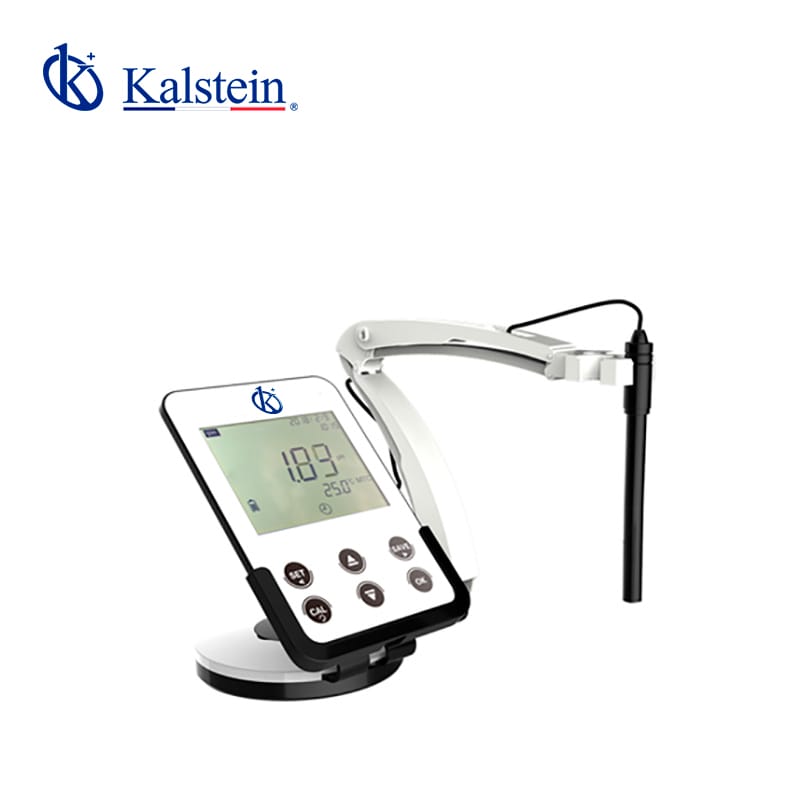Ion meters are specialized devices used to measure and monitor the various ions present in a laboratory environment. These tools are essential for obtaining accurate and reliable results in the laboratory. These ion measuring instruments are divided into two main categories: qualitative meters and quantitative analyzers. This division is based on the nature of the ion measurement. Qualitative meters are used to detect the presence of a particular ion in a sample, while quantitative meters are used to accurately quantify the amounts of ions present in a sample.
Kalstein as a manufacturing company we make sure to cover all your needs and satisfy your laboratory requirements, reminding you that we are manufacturers, we have the best price, sales consultants in any window of the world, meet our YR series of ion meters HERE.
Types of Ion Meters
There are numerous types of ion meters available on the market today. These are subdivided into three main categories. The first category is ion selective potential meters, such as the ion selective potentiometer (ISE) and the ion selective electrode. These devices measure the changes in electrical potential generated by the accumulation of a particular ion in solution. The second category is ionic conductivity meters.
These devices detect the conductivity of a solution in the presence of ions rather than the potential. This is the main tool for determining accurate concentrations of various ions. The last category is pH and ISE meters. These devices are also used to determine the presence of a certain ion in a sample, but they measure ion-selective potential rather than conductivity.
Tips for safe use of ion meters
Although ion meters are very useful tools for measurement tasks in the laboratory, there are some precautions that should be taken when using these devices. First, it is important to be careful when performing calculations related to measurement results. Erroneous results can generate false results, so it is important to pay attention to the accuracy of each calculation so that the results are reliable. In addition, it is important to read and understand the meter’s instruction manual before first use. This will help ensure safe and accurate operation. It is also important to wear personal protective equipment (PPE) when necessary and to use caution when working with corrosive or toxic liquids.
Users of these devices should always be careful when performing calculations and read and understand the instruction manual before use. It is also important to wear appropriate personal protective equipment (PPE) to ensure adequate safety and accuracy of results. In this way, ion testers can help achieve accurate and reliable results in the laboratory and serve as an integral tool for measurement tasks.

